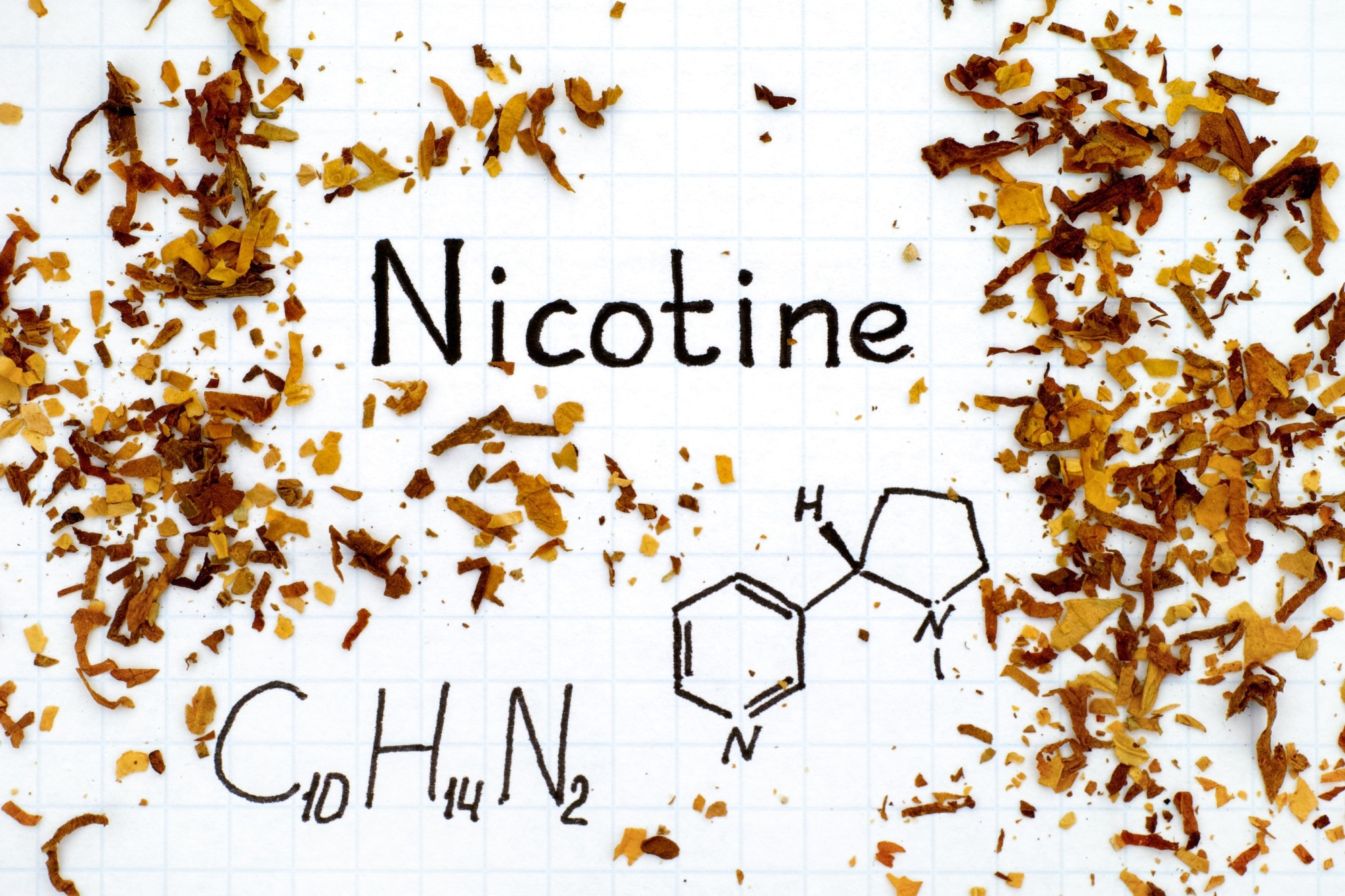In a recent study published in the PLoS ONE journal, researchers assessed the cytoprotective activity of nicotine against coronavirus disease 2019 (COVID-19).
 Study: Nicotine has no significant cytoprotective activity against SARS-CoV-2 infection. Image Credit: Ekaterina_Minaeva/Shutterstock
Study: Nicotine has no significant cytoprotective activity against SARS-CoV-2 infection. Image Credit: Ekaterina_Minaeva/Shutterstock
Background
Throughout the COVID-19 pandemic, one of the many topics of debate is whether individuals who smoke are at a lower or higher risk of contracting a severe acute respiratory syndrome coronavirus 2 (SARS-CoV-2) infection.
Several studies have reported clinical data. However, there is a controversy regarding the interpretation and collection of the data. Notably, a controversial hypothesis has gained popularity that nicotine could potentially prevent COVID-19.
About the study
In the present study, the researchers performed cytotoxicity assays to assess the potential cytoprotective activity displayed by nicotine against COVID-19.
The team utilized virus strains including SARS-CoV-2, USA WA 01/2020, and CSU V3 3/17/2020 for this study, and the cell line Vero E6 was employed for the plaque reduction assay. The cytotoxicity assay was performed by testing nicotine at different concentrations such as 0.005, 0.01, 0.05, 0.1, 0.5, 1, 5, 10 μM. This wide range of concentrations ensured that plasma nicotine levels reported in smokers were also included in the assay. Cytotoxicity was estimated with the alamar blue reagent, while cytoprotection and cell viability were assessed after staining with acridine orange (AO)/ propidium iodide (PI).
Cytotoxicity tests were performed on the activity of nicotine against SARS-CoV-2 in Vero E6 cells. Cytoprotection was evaluated as cell death in comparison to the live cell count. Cell death was calculated as per the number of cells that were stained with PI while the number of live cells was estimated as per AO staining. Furthermore, the team determined if nicotine was active in the assessed cell growth media and the cell culture condition using 2% Dulbecco's modified eagle medium (DMEM) comprising 2mM L-glutamine by exposing A549 lung cancer cells to nicotine or the vehicle control.
Results
The study findings showed that none of the nicotine concentrations provided sufficient cytoprotection against COVID-19 in Vero E6 cells. Additionally, compared to the media control sample comprising DMEM, the team found no cytotoxicity in the nicotine treatment.
Notably, nicotine elicited Erk1/2 (extracellular signal‑regulated protein kinase) phosphorylation in A549 cells. This indicated that nicotine showed significant activity in the DMEM cell culture.
Conclusion
The study findings showed that even in the presence of high concentrations of nicotine, there was no considerable cytoprotective activity induced against COVID-19 while nicotine at 2 μM to 10 μM in the control media displayed normal activity of Erk phosphorylation.
The researchers believe that future studies could determine the activity of nicotine against SARS-CoV-2 in other cell lines.